The Jazz Archives
This Archive of jazz videos based on the articles of Wim Demmenie is in the process of being transferred from the “Classic Jazz Lovers” Facebook group. Please bear with us as we complete this transition.
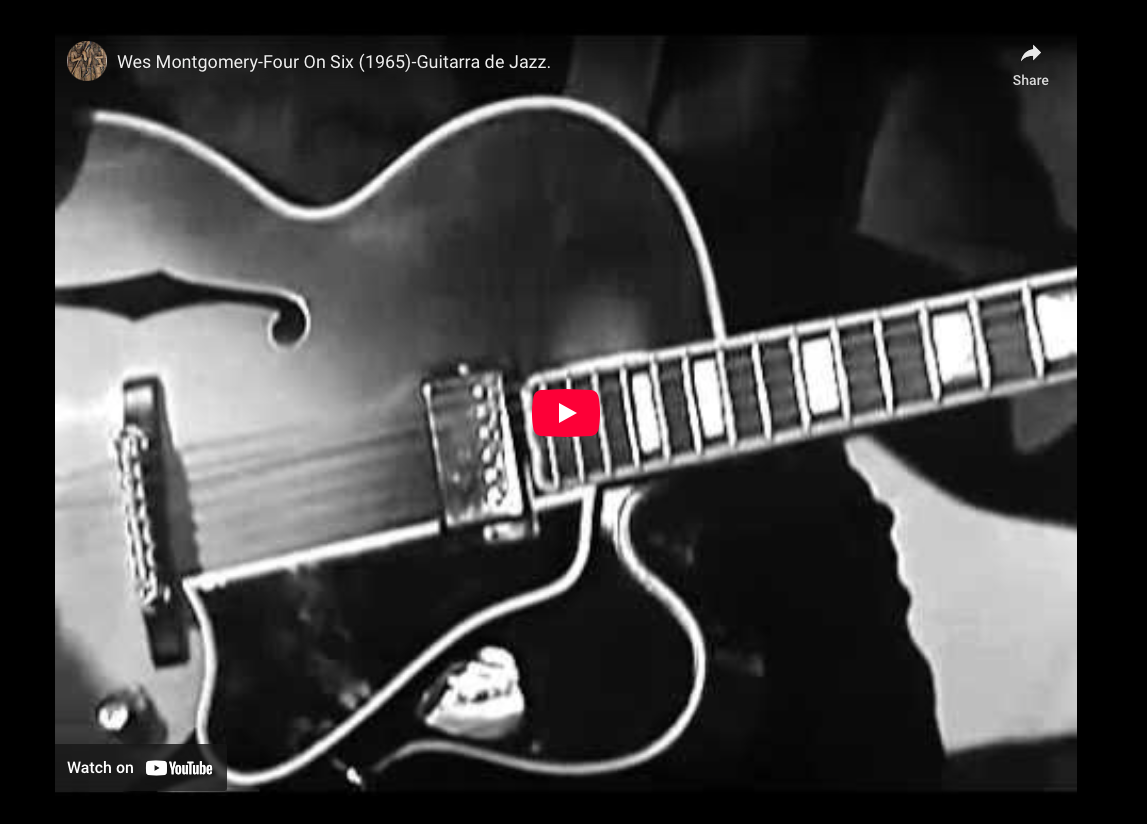
Wes Montgomery—”Four On Six” (1965)
”Four On Six” is a jazz standard written by Indiana-born jazz guitarist John Leslie ”Wes” Montgomery (1923-1968). On this ABC TV London program “Tempo,” Ronnie Scott, with Wes sitting behind him, explained that the title refers to a 4/4 rhythm superimposed against a rhythm of 6/8. However, Tom Karol pointed out that it’s original title was “4 On 6 On 21,” making it more likely that it refers to 4 fingers on 6 strings, additionally referencing the fact that Wes’ L5 had 21 frets.
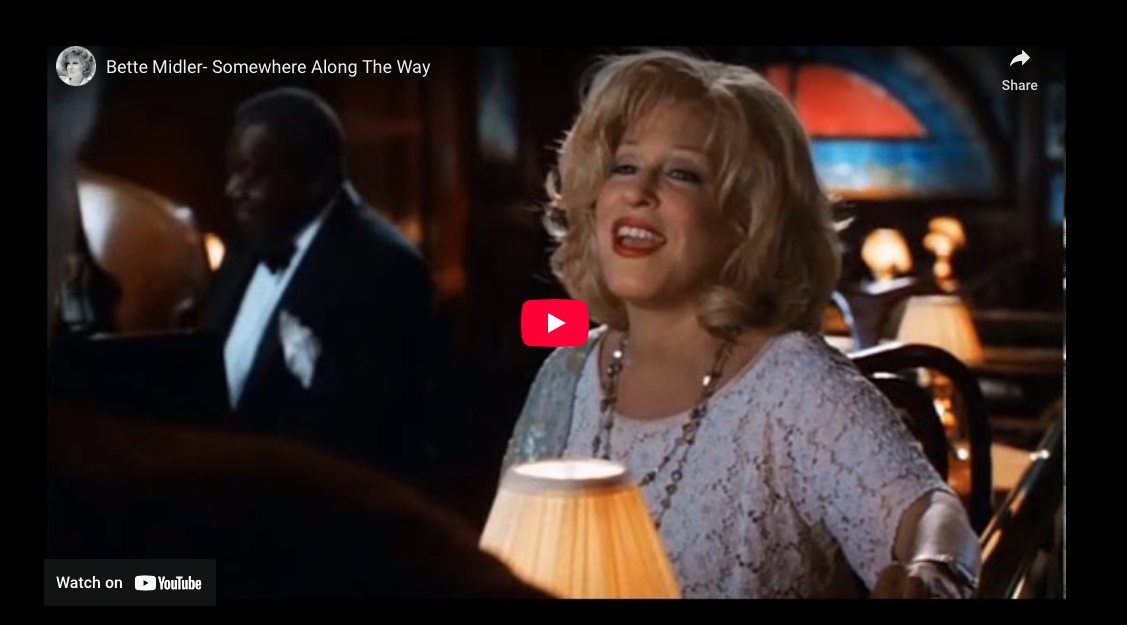
Bette Midler—”Somewhere Along The Way” (1997)
“Somewhere Along The Way” is a beautiful 1952 song, first released that year on Capitol Records by Nat King Cole. The lyrics were written by Minnesotan Sammy Gallop (1915-1971) and the composer was Kurt Adams. The latter was a pseudonym for Jimmy Van Heusen, which in turn was the artist name for New Yorker Edward Chester Babcock (1913-1990). 35 years later, Hawaiian native Bette Midler sang the song to Dennis Farina in the 1997 Universal Pictures film “That Old Feeling.”
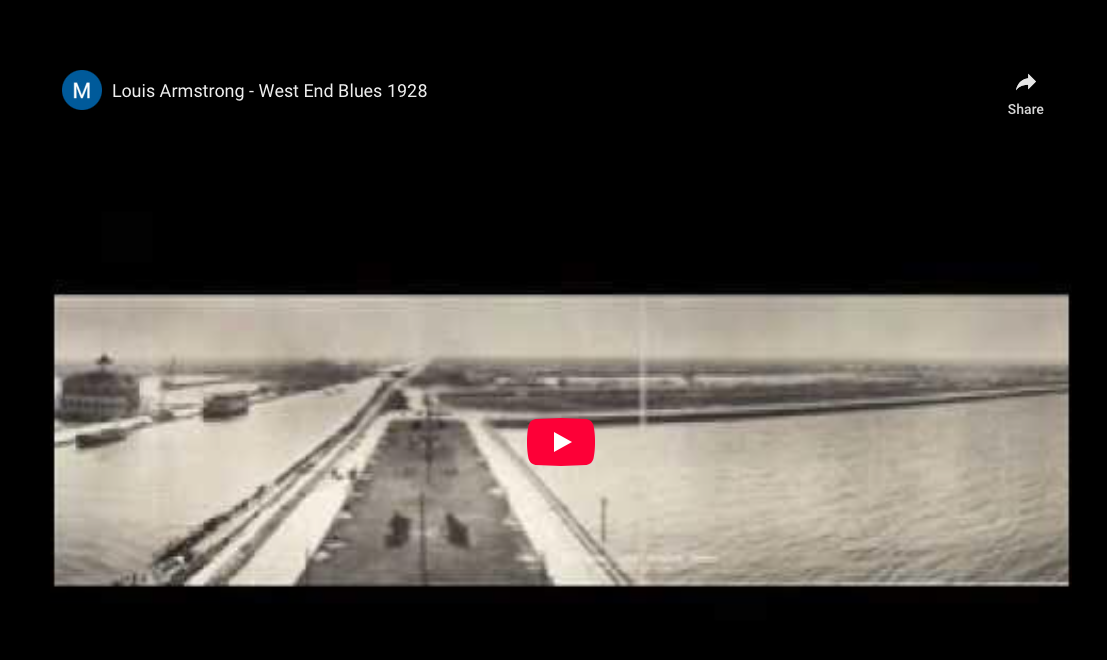
Louis Armstrong—”West End Blues” (1928)
During the 1920s, Louis Armstrong recorded several jazz masterpieces which left many musicians speechless. His superb trumpet playing and delivering of beautiful phrases is evident in fellow Louisianan Jo ‘King’ Oliver’s composition “West End Blues.”
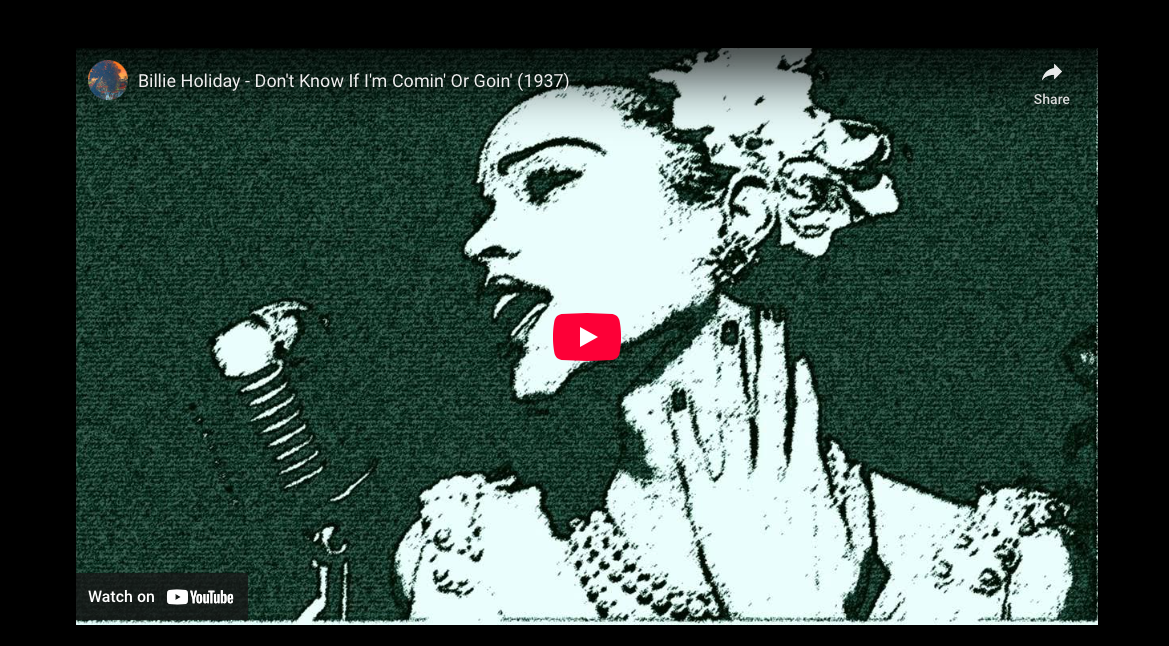
Billie Holiday—”Don’t Know If I’m Coming Or Going” (1937)
On April 1, 1937, a Thursday in the 30s, twenty-one year old Billie Holiday had a recording session for Vocalion in New York City, produced by Bernie Hanighen. This is Billie‘s interpretation of the final song of this session, a lesser known ballad, written by composer Lee Wainer and lyricist Lupin Fein, ”Don’t Know If I’m Comin’ Or Goin’.”
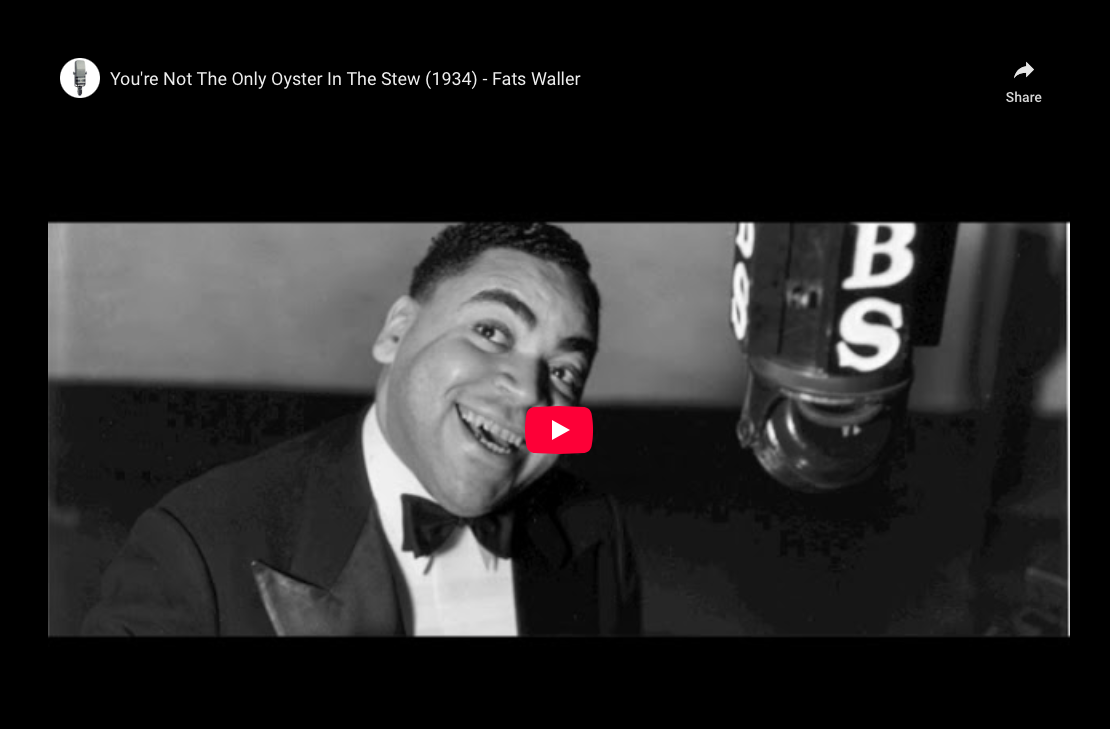
Fats Waller—”You’re Not The Only Oyster In The Stew” (1934)
In 1934, Thomas ”Fats” Waller and his band members went into the His Master’s Voice studio at the Liederkranzhall at the north side of East 58th street in New York, to record one of his best-sellers, the Burke-Spina song “You’re Not The Only Oyster In The Stew.”
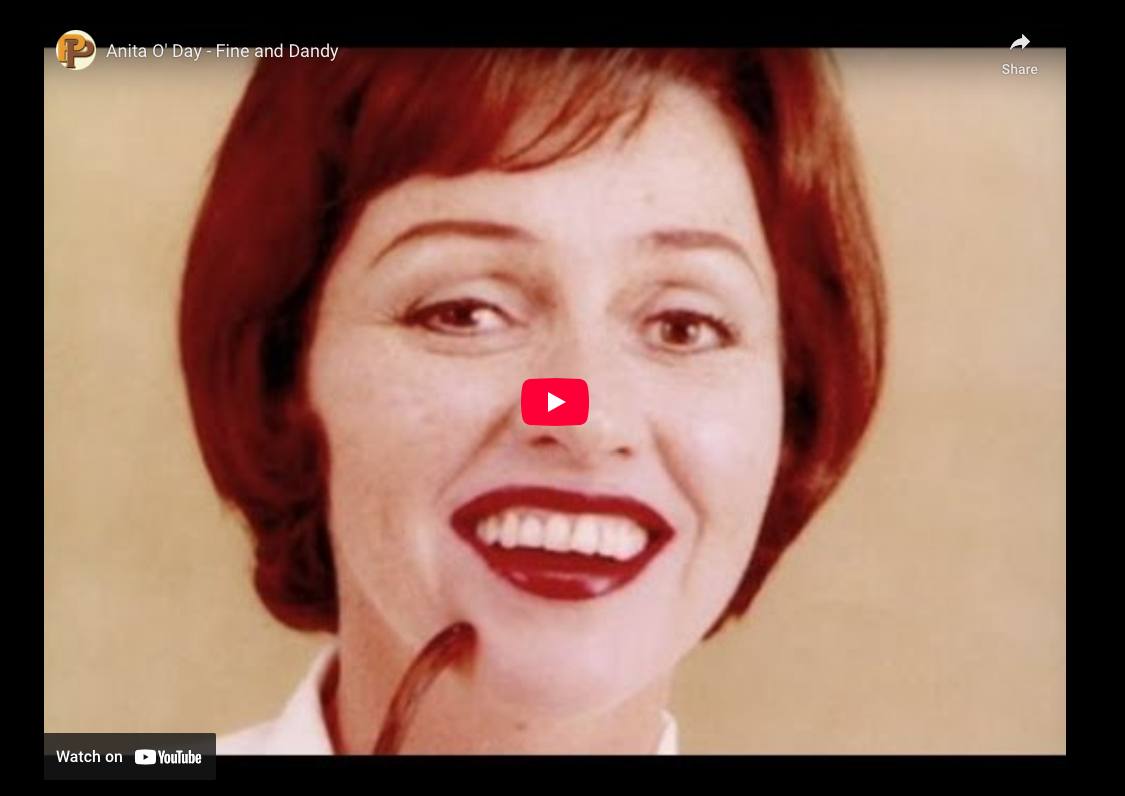
Anita O’Day—”Fine & Dandy” (1955)
Last Thursday, I already mentioned another jazz standard composed by Kay Swift and her husband Paul James: "Fine And Dandy."
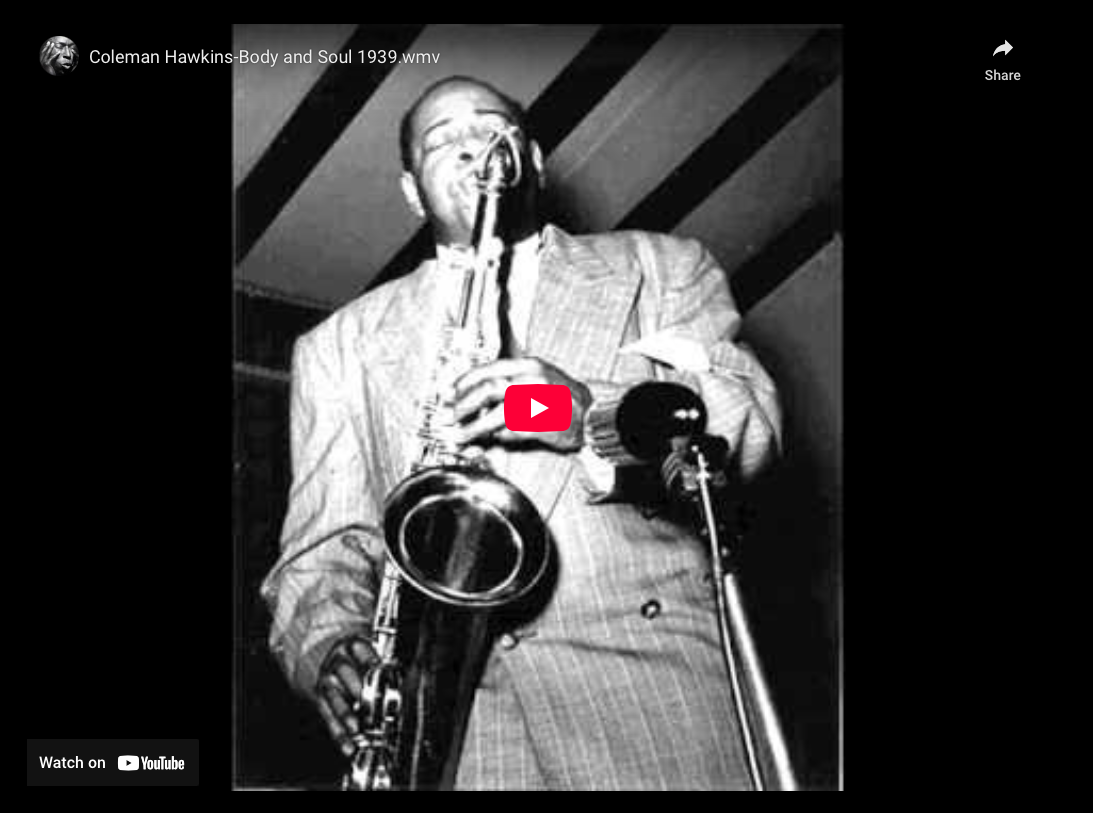
Coleman Hawkins—”Body & Soul” (1939)
By the summer of 1939, Missouri-born tenor saxophonist Coleman Hawkins (1904-1969) had been working in Europe for 6 years. However, Hawkins considered the political situation there more and more treatening. Therefore he decided to return to the United States before war broke out. Hawk opened with his own band at Kelly's Stable on 52nd street. And on October 11, 1939 Coleman Hawkins went into the New York RCA Studio to record THE tenor sax classic of all time: "Body And Soul."
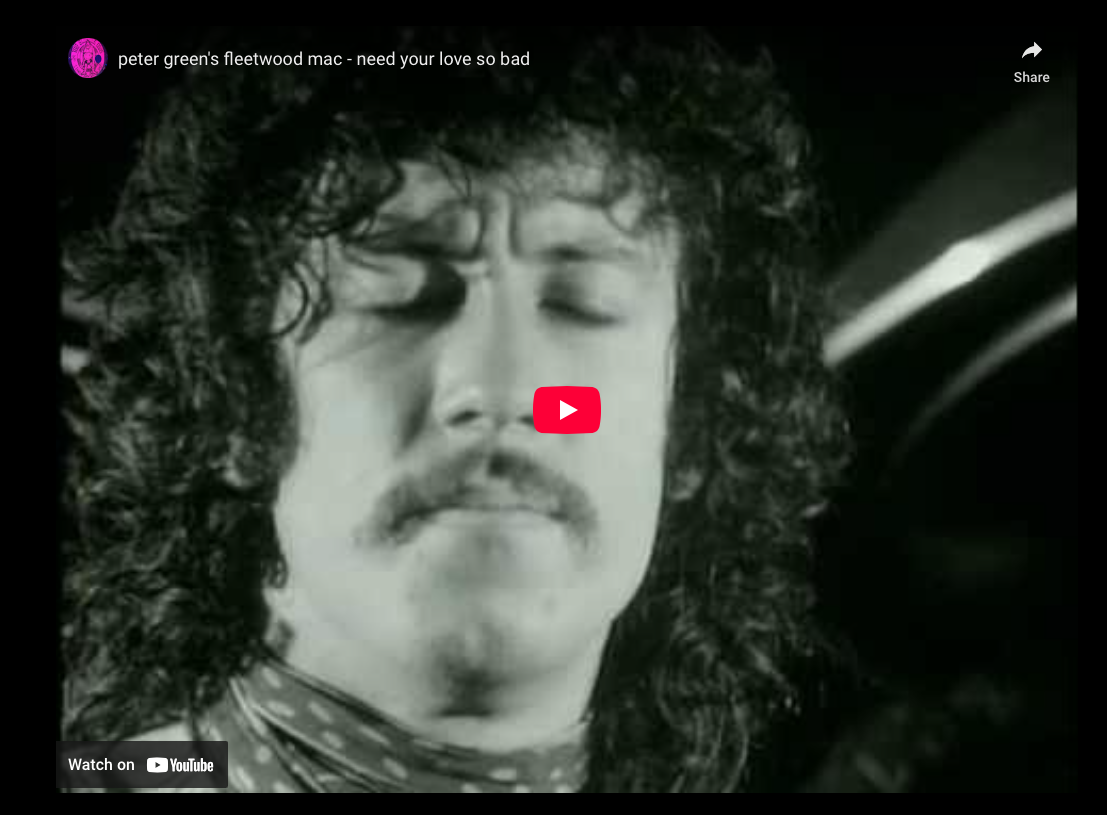
Peter Green’s Fleetwood Mac—”Need Your Love So Bad” (1970)
When I posted a link to Peter Green's Fleetwood Mac's recording of "Jigsaw Puzzle Blues" last Thursday, I could not have anticipated that the guitarist and founder of that British Blues and Rock group would die on Saturday. In memory of Peter Green, his version of "Need Your Love So Bad."
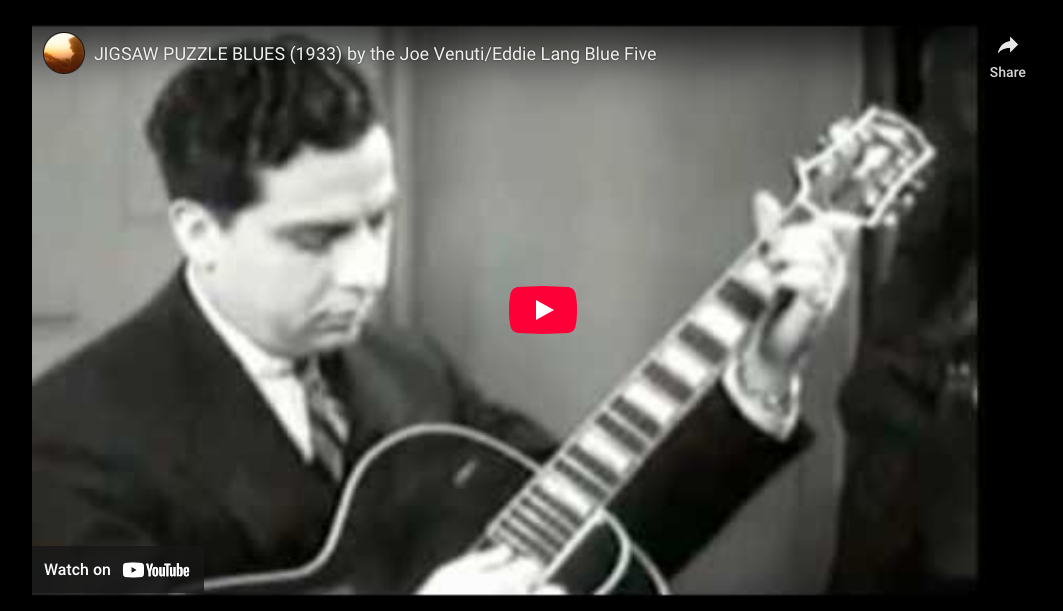
Joe Venuti-Eddie Lang Blue Five—”Jigsaw Puzzle Blues (1933)
Sometimes jazz musicians play music inspired by classical composers, and at other times pop musicians play music based on jazz compositions, such as this one, written by Joe Venuti and Eddie Lang.
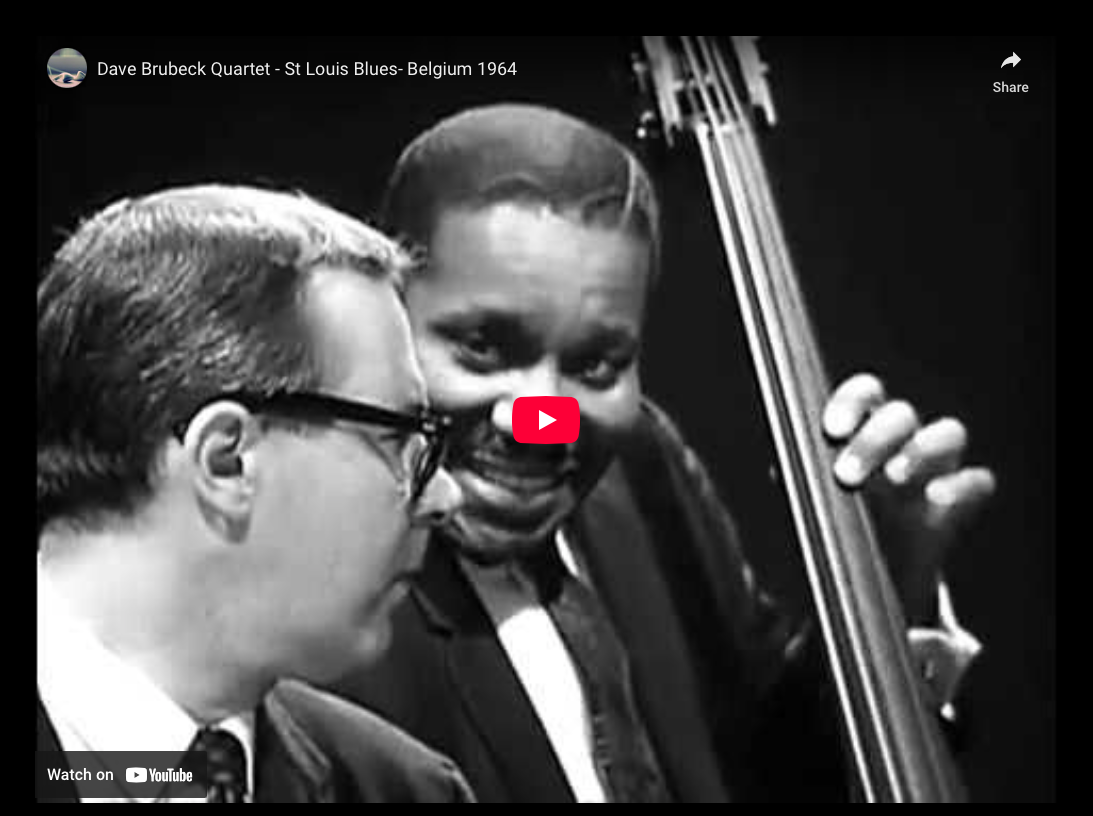
Dave Brubeck—”St Louis Blues” (1979)
When Alabama native William Christopher Henry (1873-1958) heard a fellow Afro-American singing the blues, he liked the style so much that from then on he decided to write composed blues music. In 1914 W.C. Handy wrote one of his most played tunes, “St. Louis Blues,“ performed here exactly 50 years later by the Dave Brubeck Quartet.

Django Reinhardt—”Minor Swing” (1947)
“Minor Swing” is one of the best known compositions of Belgian Sinti guitarist Jean Baptiste “Django” Reinhardt (1910-1953). It was written in 1937 and has become a popular jazz standard.

Billie Holiday—”I Only Have Eyes For You” (1952)
One of the major American composers of the last 100 years is New Yorker Salvatore Antonio Guaragna (1893-1981). His more than 800 compositions include such songs as ”At Last” and “That’s Amore.” Under the name Harry Warren, he also wrote the song that became the first gold record in history: “Chattanooga Choo Choo,” as well as one of the 25 most performed songs of the 20th century: “I Only Have Eyes For You.”

Joe Haymes—”You Can’t Pull The Wool Over My Eyes (1936)
In 1936, jazz band leader/composer/arranger/conductor Joe Haymes was billed as “smooth,” “smart” and “sophisticated” as well as “one of the creators of modern swing.” For more than five years Haymes had weekly radio broadcast with his Columbia Broadcasting Orchestra, consisting of five brass, three saxophones and four rhythm.

Thisbe Vos & Rick Olson—”Black Coffee” (2015)
Last Thursday, I posted Mary Lou Williams and Paul Webster’s 1938 composition “What’s Your Story, Morning Glory,” which must have sounded familiar to a lot of jazz fans. For the melody that was composed a decade later by Pennsylvanian Joseph Francis “Sonny“ Burke (1914-1980) and became known as the jazz standard “Black Coffee,” was based on this melody.

The Skymasters at Nick Vollebregt’s Jazzcafe in Laren (1979)
Last fall, Thisbe Vos was planning to visit her family in the Netherlands. But then the Corona crisis and social distancing intervened. So instead of bringing Thisbe to Laren at Easter, I’d like to bring Laren to her instead.

Roy Eldridge—”Pluckin’ The Bass” (1939)
Before Pennsylvania-born trumpet player Roy Eldridge (1911-1989) joined Gene Krupa's band as a featured soloist, he fronted his own bands in Chicago and New York. From New York City he broadcasted regularly from the Arcadia, a dancing hall on 52nd and 53rd streets.

Louis Armstrong—”I’ve Got A Heart Full Of Rhythm” (1937)
Walking along the high street of the town where I live, I was looking at all the Valentine's Day displays in the shops and wondered who or what was in the hearts of 1930s musicians. Louis Armstrong was quit clear about this when he once said "That trumpet comes before everything -- even my wife! That's why I married four times. The chicks didn't live with the horn. They got too carried away, all but the last [Lucille]."

Fats Waller—”Honeysuckle Rose” (1941)
Next to "Ain't Misbehavin' ", "Honeysuckle Rose" was Fats Waller and Andy Razaf's most successful song. Fats made the original Victor recording in 1934 and this soundie was produced in 1941.

The Cellar Boys—”Wailing Blues” (1930)
90 Years ago -- on January 24, 1930 -- a group of six jazz musicians, who were all in their twenties, went into the Vocalion recording studio in Chicago, Illinois, to record two tunes. The Cellar Boys first waxed Lewis composition “Wailing Blues.”

Count Basie—”Georgianna” (1938)
At the beginning of January 1938, Count Basie and his band members had a busy traveling schedule. On New Year’s Day they played at a dance at the Roseroom in Boston, Massachusetts. Then on January 2 -- 82 years ago today -- they swung it out at a dance in Hamilton Park, Waterbury, Connecticut. The next day they were back at the Decca Studio in New York City for their first recording session of 1938. Remember that by this time Basie had made less than 30 records under his own name. This is “Georgiana” with fine tenor solo work by Lester Young.
